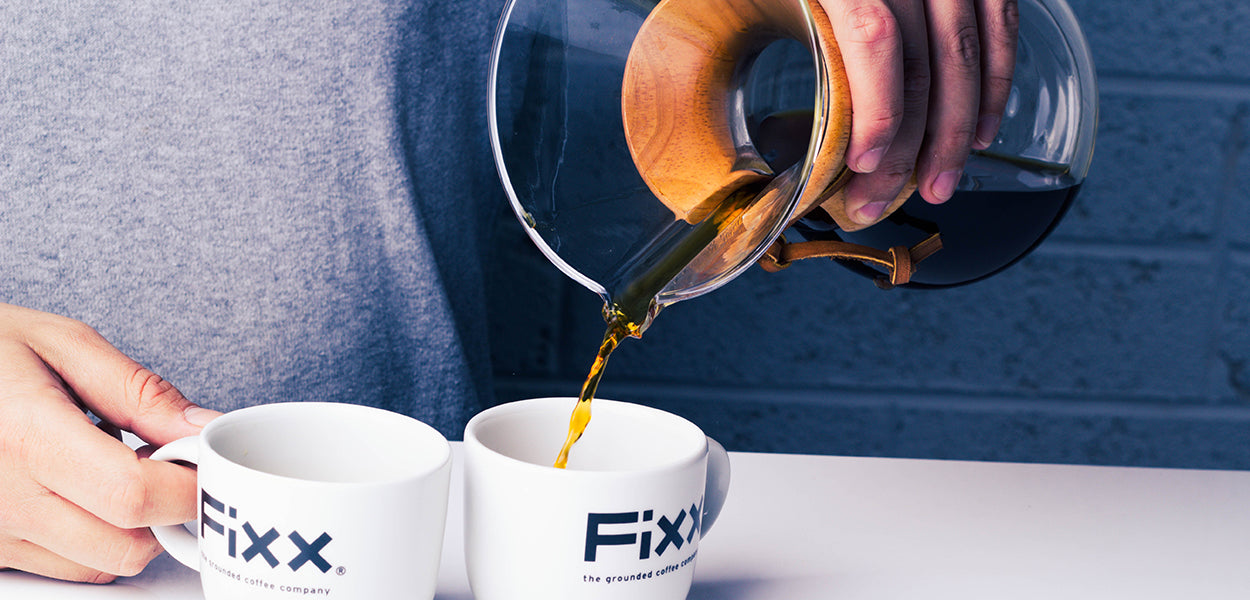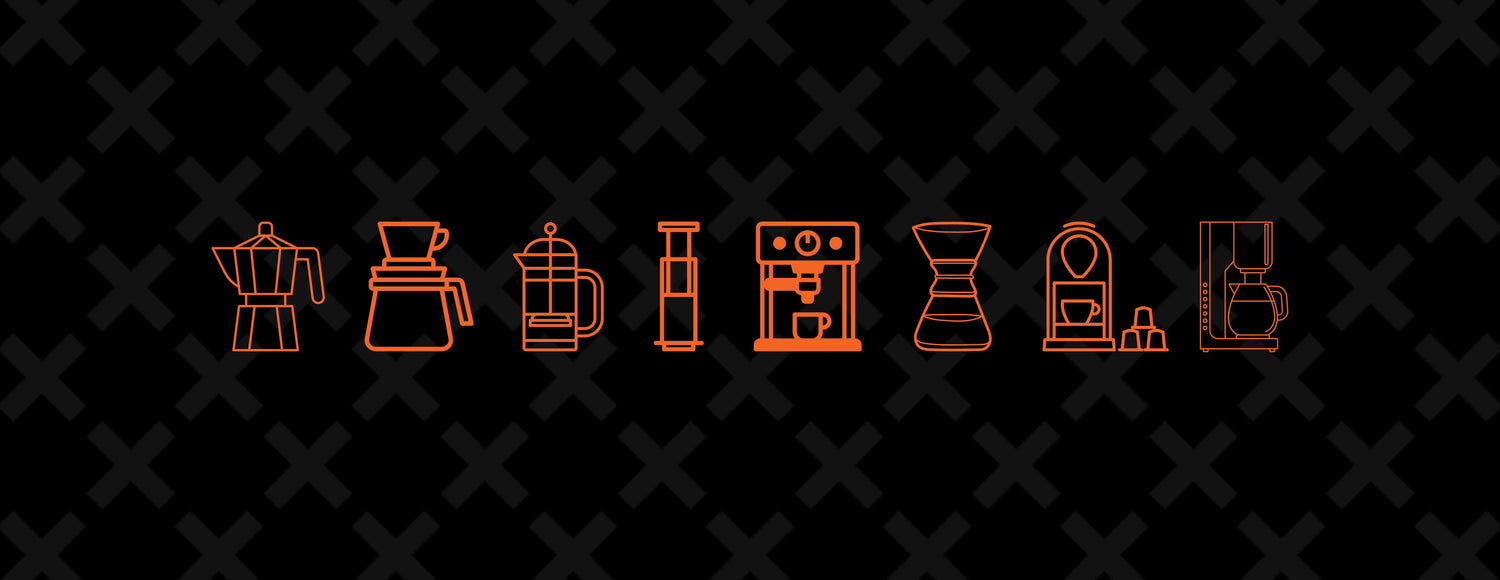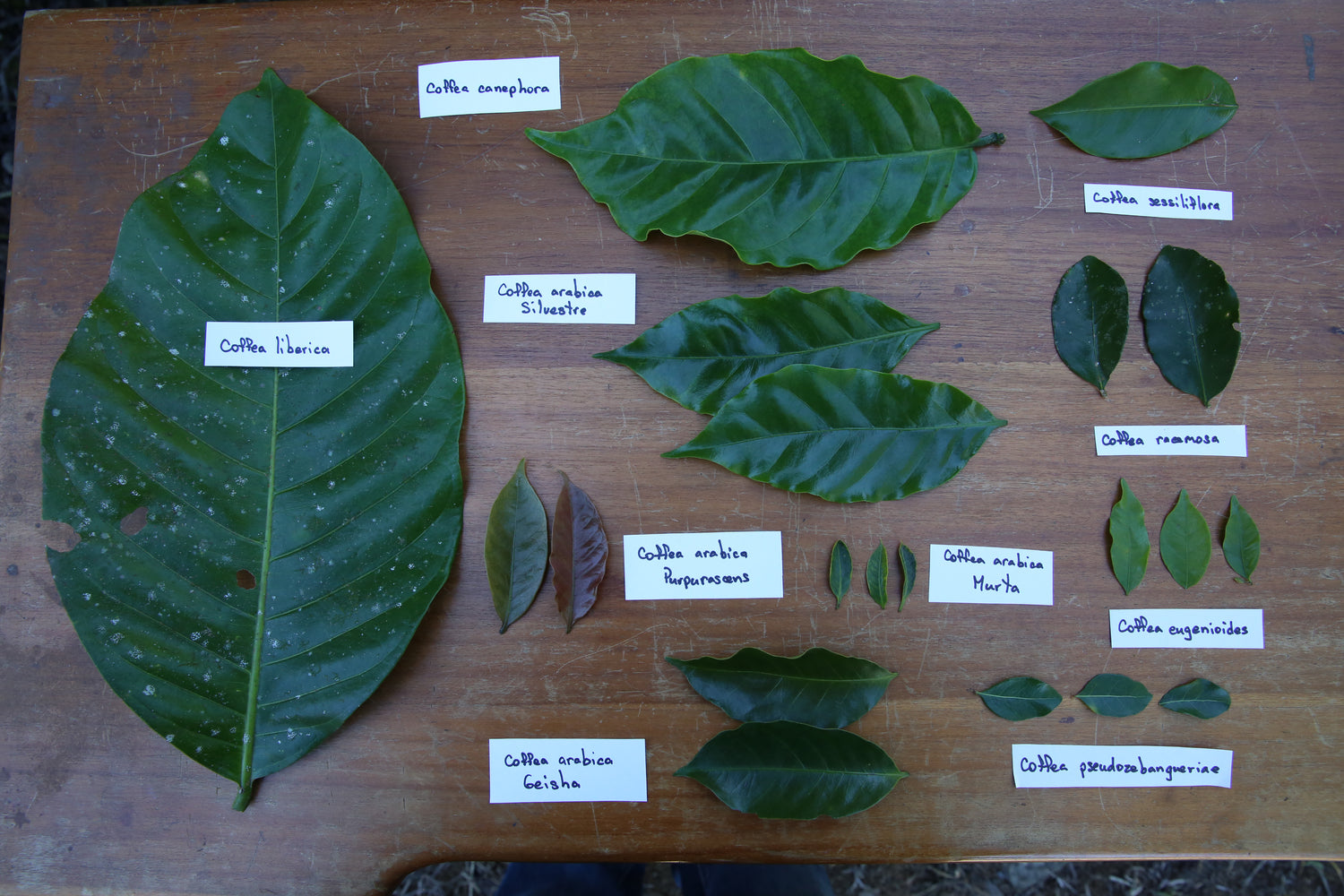
For the Love of Chemex
"You can't polish a turd. But you can roll it in glitter!" These wise words were imparted onto me many years ago. The subject in question has since been lost on me, but the term remains. Because it's frequently relevant. Marketing and design often get the better of quality in the world of consumerism. I'll bet there are few reading this that haven't, at least once, bought something that looked fancy, only to discover later that is was a pile of crap. Beauty is, of course, objectional. And it is certainly not a necessity for selling a quality product. But there are occasional times when functionality and beauty intersect that quality becomes almost, inevitable. For me, the Chemex is a result of this inevitability.
Like many folks recently, I have spent a lot of time stuck at home (and this coming from someone with young kids!). And like many folks, I filled a lot of this time, trying to find new ways of doing things. Baking a sourdough here. Zoom quizzes with mates there. Not putting on pants for large parts of the day. Yadda yadda yadda, Tiger King (this is beginning to sound like Covid Bingo). I also started brewing and consuming coffee in different ways—a cold brew here (bingo!), a new cocktail there. And to add to my brewing box of tricks I acquired a Chemex. I have been smitten ever since, and I'd like to tell you a little more about it and why.

Who invented the Chemex?
The Chemex was the brainchild of chemist/inventor, Dr Peter Schlumbohm; born in Kiel, Germany in 1896. Only six months after graduating from school, he was conscripted into the German army. This was during the First World War. Some of you history buffs out there may have heard of it. Now, I doubt that there is ever a good time to be conscripted, but this would be exceedingly terrible timing. He fought in the infamous battles of Ypres and Langemark; some of the war's bloodiest campaigns, and returned home, as many did, a changed person.
Immediately upon his arrival, he renounced his inheritance in the family business. In exchange for this, his family agreed, they would support his education for as long as he wished to stay in school. He began his studies at the University of Hamburg, taking psychology, physics and chemistry. He would eventually end up at the University of Berlin where he received a doctorate for chemistry.
What else did he invent?
After leaving University, he supported himself by developing and selling patents and inventions. After minor success in Europe, he travelled to the United States in 1931. There, he sold a design for a vacuum bottle to a little known business by the name of THERMOS for $7,000. Over his career, he would register more than 300 patents. These included refrigeration units, cocktail shakers—even an automobile. All his designs were influenced by the Bauhaus school of design. He wanted to make everyday objects more functional, attractive and enjoyable to use. By combining this design theory with his chemistry background, he envisioned a new coffee maker. And soon the Chemex was born.

The birth of cool.
Being a chemist, he understood the exact chemistry behind extracting flavours, oils and aromas from coffee beans. He first designed a double-bonded filter paper for a consistently perfect, sediment-free extraction. He fashioned an hour-glass vessel made with the same non-porous glassware used in labs that would not affect the coffee's flavour. When used together, the result was a superb coffee with incredible clarity of flavour.
When was the Chemex released?
The Chemex was released in 1941 and became an instant hit. Typical of the Bauhaus style, it was pure in form and function. In Schlombum's own words, with a Chemex: "even a moron can make good coffee". Its simplicity was also advantageous when released. During the Second World War (a few of you history buffs may have heard of this one too), manufacturing supplies were rationed. Especially metals and alloys—which most competing coffee makers of the time were made of.
A piece of art & culture.
In 1942, The Museum of Modern Art (MoMA, NY) put it on the cover of their magazine under the title 'Useful Objects in Wartime'. The following year, MoMA displayed it as part of a collection of "best-designed products". It remains on display in their permanent collection to this day. In 1958, the Illinois Institute of Technology ranked the Chemex 36th in the top 100 best-designed products of all time. It was the only coffeemaker to make the list.
It made its way into popular culture too. Ian Flemming wrote that James Bond made his coffee using a Chemex in the novel From Russia, with Love. It can be seen numerous times in episodes of Friends, Brooklyn 99—and Dan Draper's kitchen in Mad Men.

What does the Chemex do best?
So yes, it looks great. Yes, it's got an impressive story. But at the end of the day, it is a coffeemaker. And that is what it does best. It makes simply delicious coffee. That is the main reason I love it. And it is nigh on impossible to mess up. You can see how easy it is to use with our handy brew-guide here. Sure, other coffee makers make delightful coffee too. And most do it quicker. But that doesn't bother me. The Chemex is not your Monday to Friday morning before you leave the house sort of coffeemaker (not that that is happening a lot right now). It's more a weekend; I ain't got shit to do, kind of coffeemaker. A sit back and savour the pure flavour of your coffee sort of coffeemaker.
In conculsion...
Thanks to my Chemex, I have found myself rediscovering coffees. Having blends and origins, I have known for years and saying "Yum!" all over again. It brings out one of the things I enjoy most about coffee. The ability for the same bean, brewed various ways, to exhibit different flavours. Coffee should never be boring. That is something worth remembering. We've got enough boring in our lives at the moment. It's good to know that your favourite FiXX need not be another.
Thanks for reading.
Kevin
Thanks to CHEMEX ® for the use of some of their images to compliment our own in this blog.





